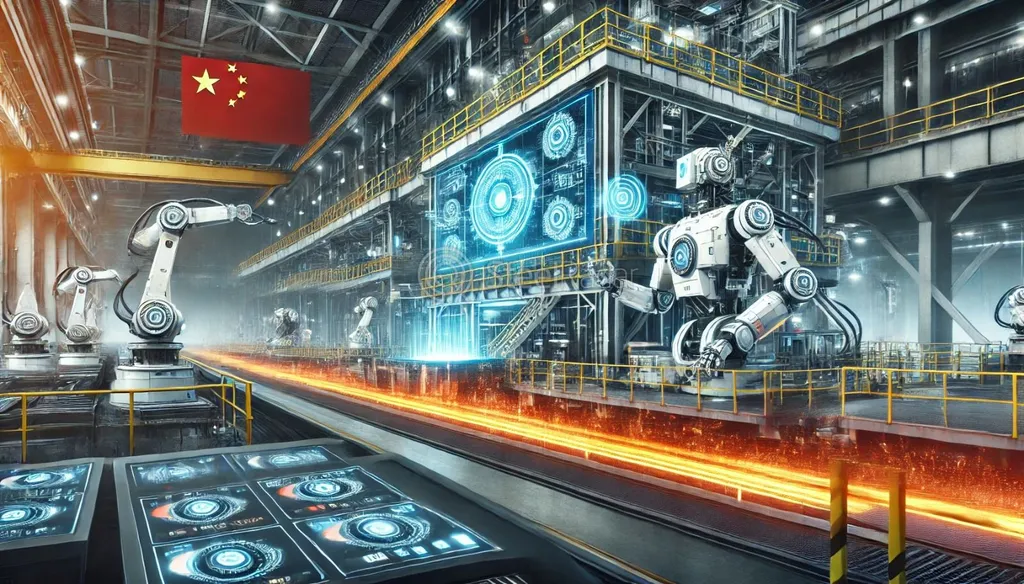In the realm of converter steelmaking, precision and efficiency are paramount, and a recent study published in *Teshugang* (translated as *Iron and Steel*) is set to shake up the industry. Lead author Zheng Zhong delves into the intricate world of end-point control, comparing two models that could revolutionize how steelmakers operate. The research, which focuses on medium and small size converters, offers a fresh perspective on optimizing the steelmaking process, with significant implications for the energy sector.
Zheng Zhong’s study, which has been published in *Teshugang*, explores the nuances of static and dynamic models for controlling the end-point of converter steelmaking. The static model, enhanced by a genetic algorithm-backpropagation (GA-BP) hybrid algorithm, and the quasi-dynamic control model are put under the microscope. “The static model, when improved with the GA-BP hybrid algorithm, shows promising results in predicting the end-point of converter steelmaking,” Zheng Zhong explains. This model’s ability to provide accurate predictions could lead to more efficient operations and reduced energy consumption.
The quasi-dynamic control model, on the other hand, offers a different advantage. It reflects the dynamic nature of the steelmaking process and considers the influence of operations during melting and charging on the first turndown time and end-point. “This model can capture the dynamic aspects of the process, providing a more comprehensive understanding of the steelmaking operation,” Zheng Zhong notes.
The commercial impacts of this research are substantial. In an industry where energy efficiency and operational precision are critical, these models offer a pathway to optimizing converter steelmaking. By improving end-point control, steelmakers can reduce energy consumption, enhance product quality, and ultimately, increase profitability.
The research also opens doors for future developments. As Zheng Zhong suggests, “The integration of advanced algorithms and dynamic modeling could pave the way for smarter, more efficient steelmaking processes.” This could lead to the development of adaptive control systems that can learn and improve over time, further revolutionizing the industry.
In the ever-evolving landscape of steelmaking, Zheng Zhong’s research stands as a beacon of innovation. As the industry strives for greater efficiency and sustainability, these models offer a glimpse into the future of converter steelmaking. The study, published in *Teshugang*, is a testament to the power of advanced modeling and algorithmic innovation in driving industrial progress.

